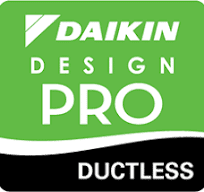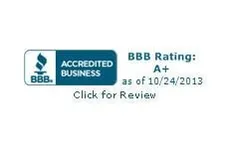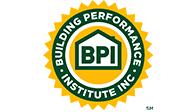As homeowners, we often seek ways to enhance our living spaces, aiming for comfort, energy efficiency, and ultimately, savings on utility bills. One critical yet frequently overlooked area that can significantly impact all these factors is the insulation in the attic. Proper attic insulation is key to maintaining temperature balance and energy efficiency in your home.
At Energy Savers, we look at improving the efficiency of homes from a building science perspective, and we make it our business to identify when a home is lacking in insulation. Today, we’re diving deep into the signs of an underinsulated attic and when attic insulation replacement should be on your home improvement list.
What Makes Attic Insulation So Important
Insulation improves the overall boundary between the inside and outside of a home. The job of insulation is to prevent heat from transferring between the walls, attic, and basement or crawl space, meaning heat stays inside in the winter and outside in the summer. The attic is a common area of excess heat transfer, making it perhaps the most important area of the home to insulate properly.
6 Signs an Attic is Underinsulated
1. Fluctuating Temperatures
One of the most noticeable signs of insufficient attic insulation is inconsistent temperatures throughout a home. Rooms located beneath the attic might feel particularly chilly during winter and excessively warm during summer, while lower levels are at a comfortable temperature. This temperature imbalance often leads to constant thermostat adjustments, a hot upstairs in the summer, and an increase in your heating and cooling costs.
2. High Energy Bills
Have you noticed a rise in your energy bills without a corresponding increase in appliance use or energy rates? This could be a telltale sign that warm air from your furnace and cool air from your AC are escaping through your attic. When insulation has deteriorated or is not installed to the right R-value, your HVAC system must work overtime to maintain a comfortable indoor climate, leading to higher energy consumption and bills.
3. Ice Dams in Winter
In the cold New York winters, ice dams can be a symptom of an underinsulated attic. Ice dams occur when heat escapes from the attic, melting the snow on the roof. The water trickles down and refreezes at other cooler areas of the roof, forming icicles and ice dams. Not only are these ice dams hazardous, but they can also cause significant moisture damage to your home.
4. Wet or Moldy Insulation
If you venture into your attic and find that the insulation is damp, wet, or moldy it’s a red flag. Moisture will permanently damage most insulation materials (especially fiberglass), reducing their insulating properties and potentially leading to mold growth. Wet insulation often points to air leaks or inadequate ventilation, both of which are exacerbated by poor insulation.
5. Critters in the Attic
An underinsulated attic can become a welcoming refuge for wildlife, particularly in extreme weather conditions. If you hear sounds of scurrying or find evidence of nesting materials, it’s time to check not only for potential entry points but also for insulation gaps that make your attic a comfortable hideout for these critters.
6. Aging or Degraded Insulation
Insulation materials will deteriorate over time. If your home’s insulation hasn’t been checked or replaced in more than a decade, chances are you will benefit from an insulation upgrade. Compacted, settled, or degraded insulation loses its effectiveness and leaves your home poorly protected against heat and cold.
The Benefits of Upgrading Your Attic Insulation
Recognizing the signs of underperforming insulation is the first step towards enhancing your home’s energy efficiency and comfort. Upgrading your attic insulation with an effective insulation material like spray foam insulation offers several compelling benefits:
- More consistent room-to-room temperatures
- Reduced energy usage
- Improved humidity control
- Reduced wear and tear on HVAC equipment
How to Get Started
Upgrading your attic insulation is not just a home improvement; it’s an investment in comfort, savings, and sustainability. If you suspect that your attic is underinsulated, the best course of action is to schedule an energy audit with Energy Savers. Our team uses advanced diagnostic tools, including thermal infrared imaging and blower door tests, to precisely identify where your home is losing energy. Based on these findings, we can tailor an insulation upgrade that maximizes your home’s efficiency and comfort.







